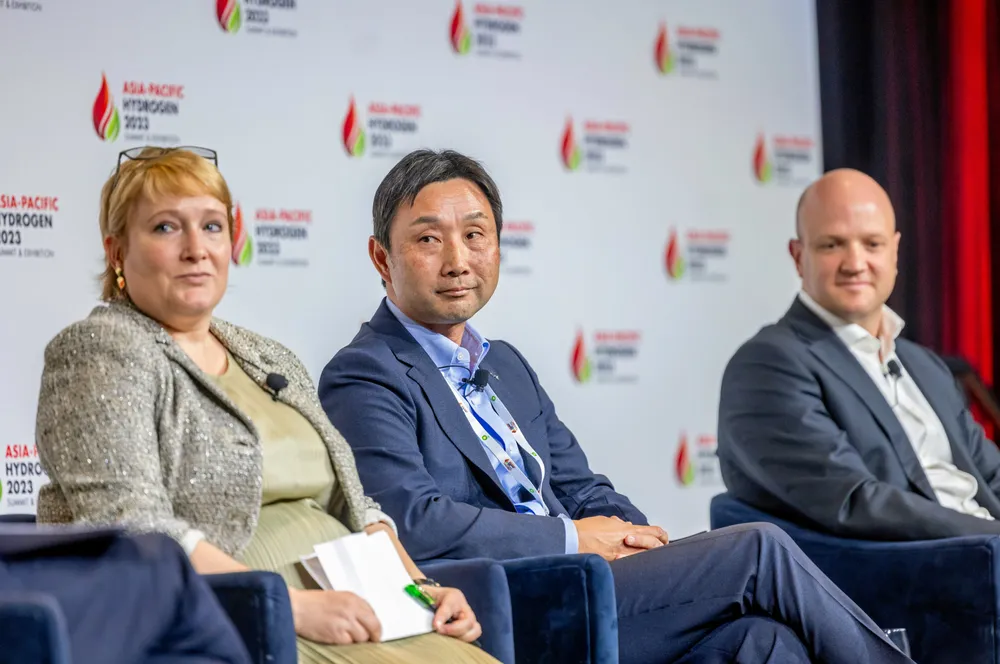ANALYSIS | 'Yes, we should prioritise green hydrogen use in hard-to-abate sectors, but we also have to be pragmatic'
Just replacing existing uses of grey hydrogen is a trillions-of-dollars opportunity, but politics and practicalities may mean we need to use clean H2 in less efficient ways, conference told
